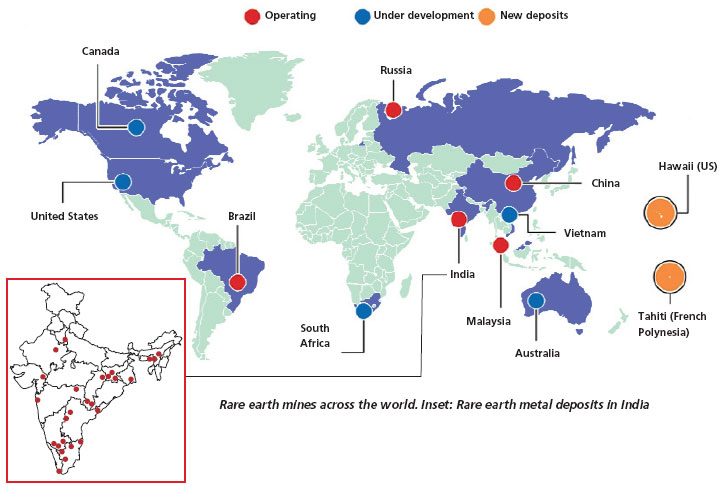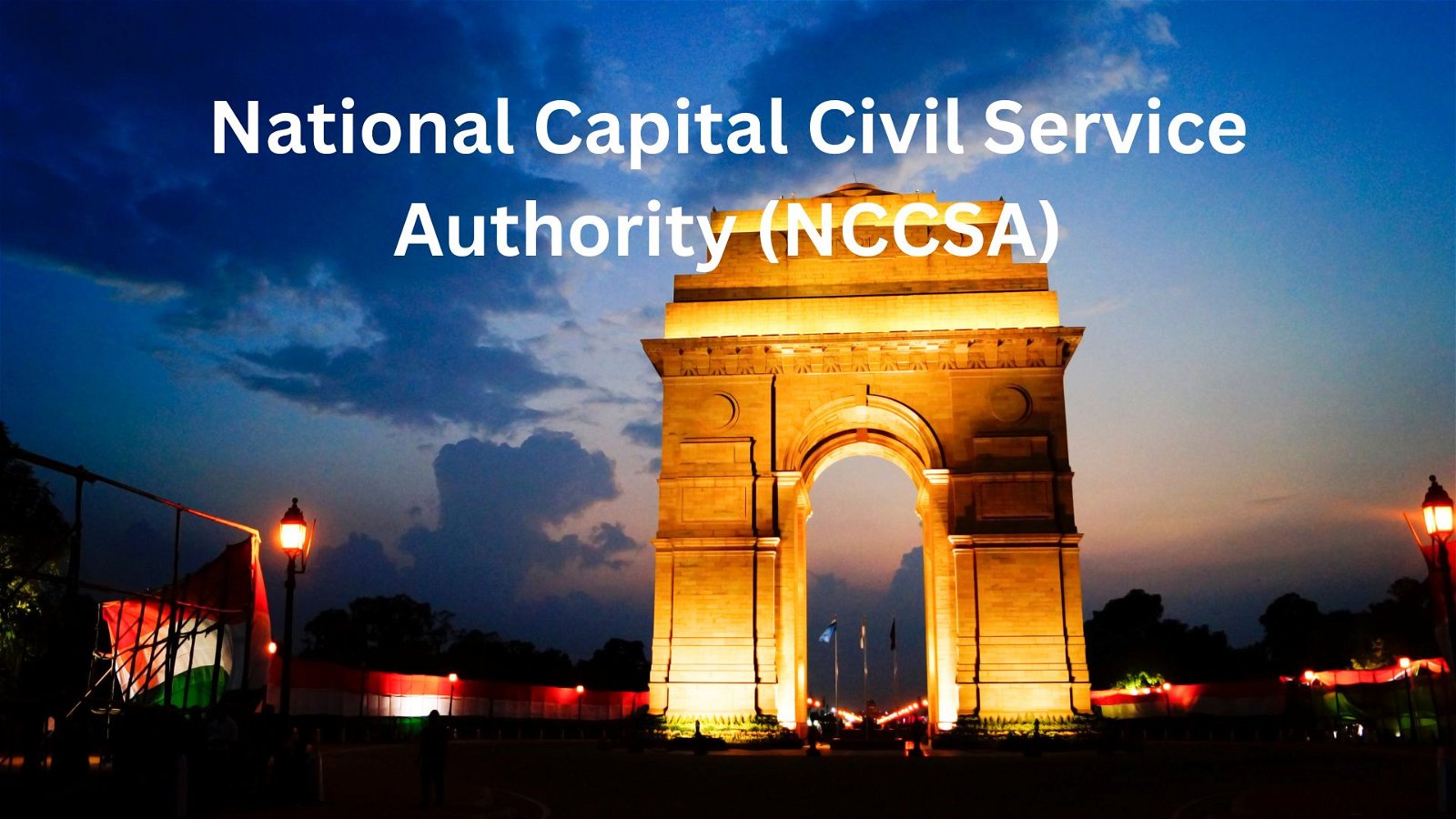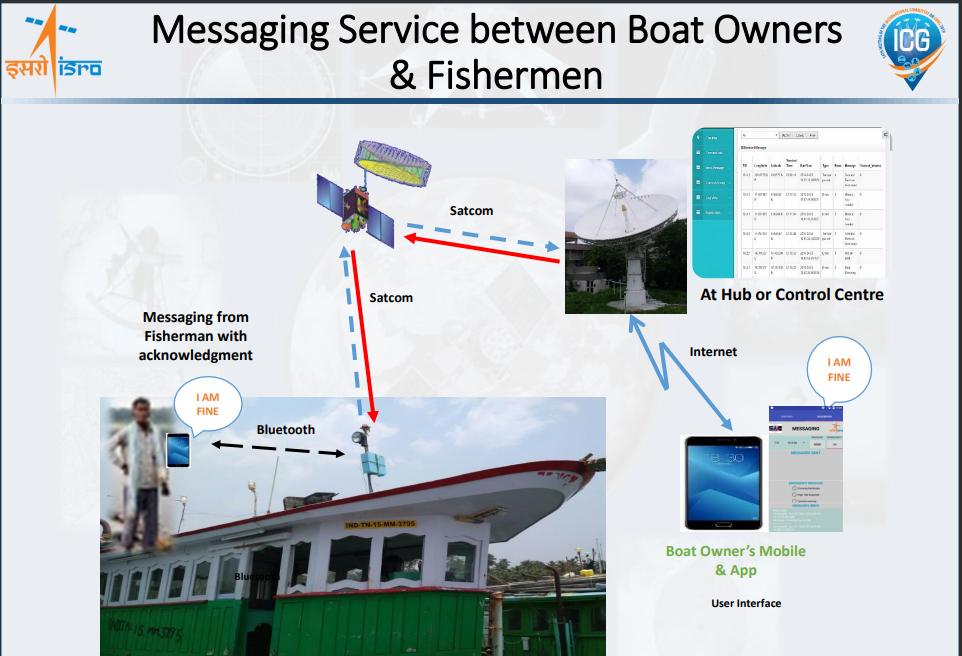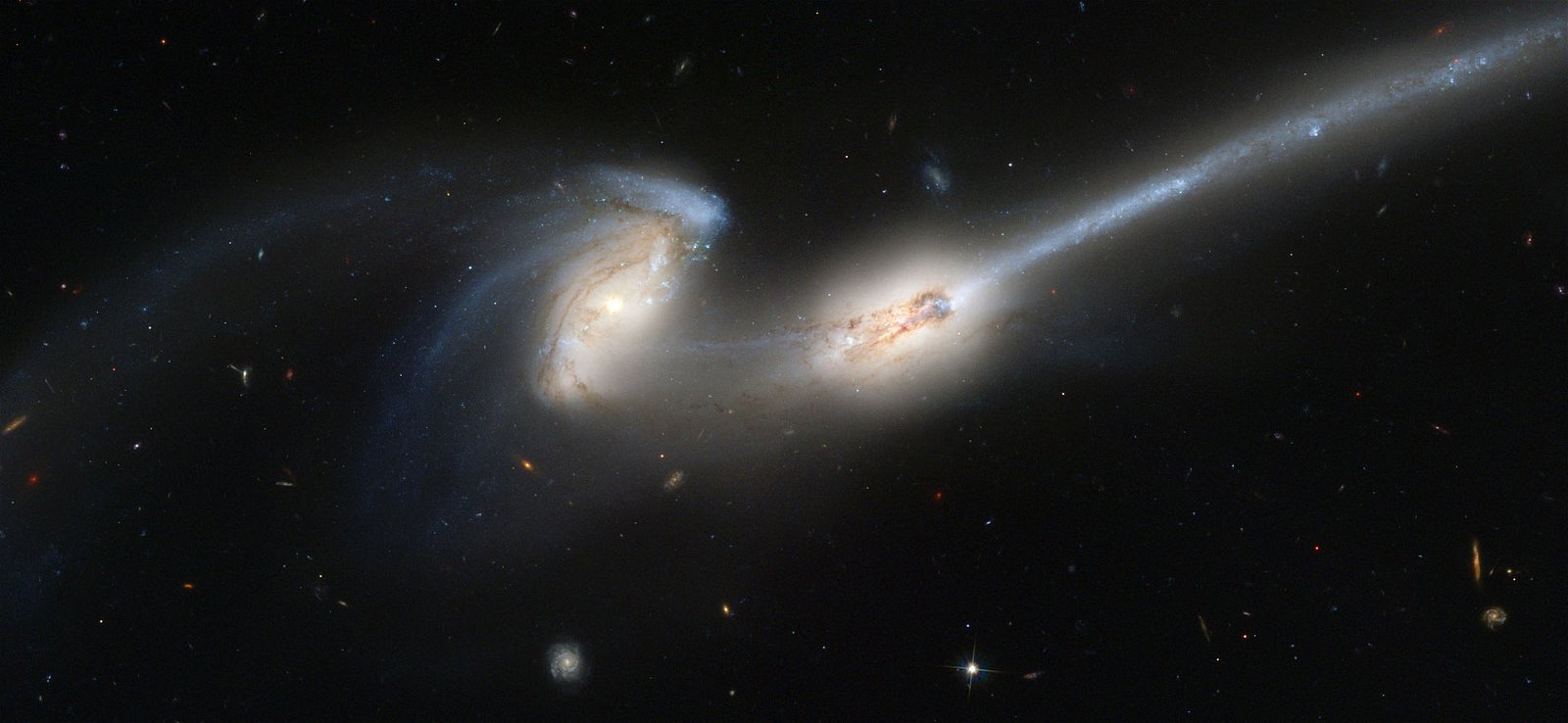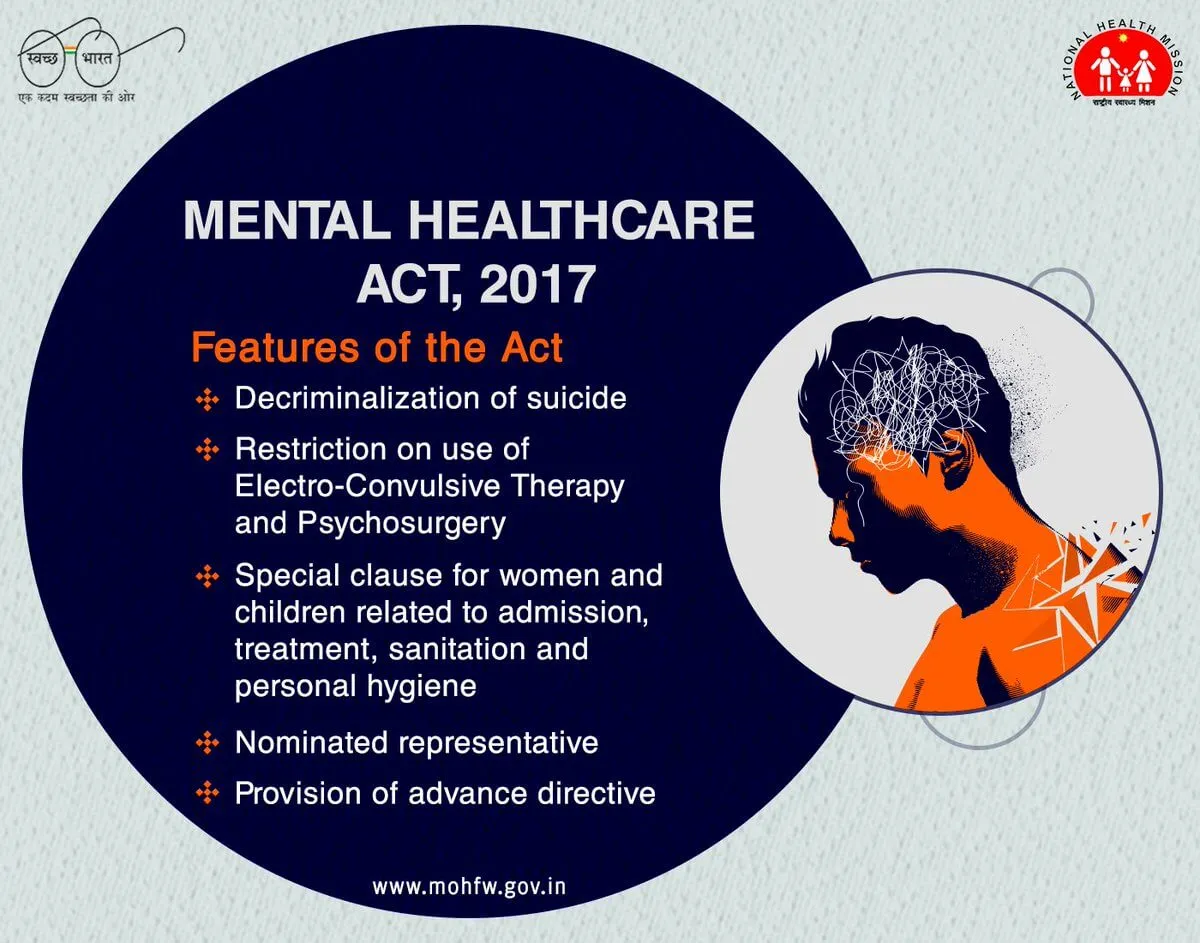
Current Affairs September 26, 2023: New Education Policy, Joshimath Sinking, Pandit Deendayal Upadhyay, US – Indo-Pacific Summit, Teesta Water Treaty, Eklavya Model Residential Schools, Overseas Citizen of India, Segur Elephant Corridor, SARAFASI ACT, Gaganyaan Mission, EXERCISE YUDH ABHYAS-23
Subscribers of "Current Affairs" course can Download Daily Current Affairs in PDF/DOC
Subscribe to Never Miss an Important Update! Assured Discounts on New Products!
Must Join PMF IAS Telegram Channel & PMF IAS History Telegram Channel
{GS1 – Geo – PG – Geomorphology – 2023/09/26} Reasons of Joshimath Sinking
- Context (TH | CNN): Eight premier institutes of India give an array of reasons for Joshimath sinking.
Joshimath Sinking
- Joshimath (a hilly town in the Chamoli, Uttarakhand) is sinking due to land subsidence.
- The situation is irreversible, and people have been evacuated from the city.

For a detailed study on Joshimath Sinking > PMF IAS August Current Affairs
Findings of the Premier Indian Institutes
Central Building Research Institute (CBRI) Report
- CBRI stated that 99% of the constructions of Joshimath town are non-engineered. It means they are not in compliance with the National Building Code of India, 2016.
- It also stated that Joshimath town is situated on rocks overlain by morainic (glacial) deposits which are composed of irregular boulders and clay.
- Such deposits are less cohesive and susceptible to slow subsidence and landslide subsidence.
National Institute of Hydrology (NIH)
- NIH reported that land subsidence and subsurface water in Joshimath might have some connections.
- The institution hence recommended the safe disposal of the water coming from the upper reaches and waste disposal as the top priority.
Wadia Institute of Himalayan Geology (WIHG)
- WIHG mentioned earthquakes as a reason for slow and gradual land subsidence of Joshimath.
Indian Institute of Technology (IIT), Roorkee
- IIT cited that the main reason for the subsidence is internal erosion caused by the subsurface drainage, which may be due to infiltration of rainwater, melting of ice, and wastewater discharge.
ISRO
- ISRO stated that the subsidence in the Joshimath region may be due to
- toe-cutting phenomenon
- slope instability as a result of seepage of local drainage water in the soil
- terrain and edaphic characteristics
- loose and unconsolidated moraine materials of the slope (due to old landslide)
- flash flood events in and around the area in the recent past
|
{GS1 – MIH – Personalities – 2023/09/26} Pandit Deendayal Upadhyay
- Context (PIB | BJP): PM pays tributes to Pandit Deendayal Upadhyay.
- Pandit Deendayal Upadhyaya was born in Rajasthan on September 25, 1916.
- He started a monthly magazine, “Rashtra Dharma”, a weekly ‘Panchajanya’, and a daily Swadesh.
- He initiated the concept of integral humanism (the basic philosophy of BJP).
- He joined the RSS in 1937 and dedicated himself to full-time work in RSS from 1942.
- In 1953, he became the All-India General Secretary of Bhartiya Jana Sangh.
- He was the President of Bhartiya Jana Sangh in 1967-68.
Bharatiya Jana Sangh
- It was formed in 1951 with Shyama Prasad Mukherjee as its founder-president.
- Its lineage can be traced to the RSS and the Hindu Mahasabha.
- The Bharatiya Janata Party traces its roots to the Bharatiya Jana Sangh.
- It emphasised the idea of one country, one culture, and one nation.
- It called for a reunion of India and Pakistan in Akhand Bharat.
- It was at the forefront to replace English with Hindi as the official language of India.
- It is opposed to granting concessions to religious and cultural minorities.
Integral Humanism
- Though politically free, developing nations struggled to free themselves from the clutches of intellectual colonisation by Western thought and ideas.
- Thus, Integral humanism was advocated by Pandit Deendayal Upadhyaya (PDU) in 1965 as an alternative to Western ideas.
- Tracing its origins to the non-dualistic (interconnectedness) philosophy of Advaita Vedanta, integral humanism propagated the oneness of various souls, whether human, animal or plant origin.
- This contrasts the dichotomy (contrasting aspects) between Western notions of socialism vs. capitalism, humanism vs. nationalism, and individualism vs. collectivism.
- PDU rejected this Western model of statism and celebrated liberal notions of individual liberty within the broader realm of collective moral responsibility.
- Rejecting the intrinsic diversity based on caste or religion, integral humanism identified all human beings as part of this one organic whole, sharing a common consciousness of national thought.
- Upadhyaya opined that there isn’t any minority or majority. Various religious and social communities were to exist as an organic whole, like the parts of the human body.
- It meant that Hindus, Muslims, Christians and the people of all other faiths and sects are essentially one and that their intrinsic unity should be based on this common consciousness of “Rashtriyata”.
- According to PDU, “culture is not related to mode of worship or sect; instead, it is related to the country’s tradition.
Mains Practise: The word “secular” is such an oxymoron in our country that a deep communal divide has been established in the name of “secular” politics. Examine.
|
{GS2 – Education – 2023/09/26} NEP 2020
- Context (TH): The Parliament Standing Committee on Education tabled a report on implementing the National Education Policy (NEP), 2020 in Higher Education.
- The panel said that:
- Every district in the country should have at least one multidisciplinary higher education institution (HEI) by 2030.
- The Gross Enrolment Ratio in higher education should be increased from 26.3% in 2018 to 50% by 2035.
- Indian institutions were likely to face several issues implementing the multiple entry and exit (MEME) system. MEME might not work well in the country.
Key Recommendations
- Earmark suitable funds for the education of Socially and Economically Disadvantaged Groups (SEDGs).
- Set clear targets for higher Gross Enrolment Ratio for SEDGs.
- Enhance gender balance in admissions to HEIs.
- Provide more financial assistance and scholarships to SEDGs in public and private HEIs.
- Make the admission processes and curriculum more inclusive.
- Increase the employability potential of higher education programmes.
- Develop more degree courses taught in regional languages and bilingually.
- A strict enforcement of all no-discrimination and anti-harassment rules.
Importance of States in providing higher education
- Of the 1,043 universities functioning in the country:
- 70% are under the State Act.
- 94% of students are in State or private institutions.
- Just 6% of students are in Central higher educational institutions.
{GS2 – IR – Groupings – 2023/09/26} US – Indo-Pacific Summit
- Context (REUTERS): President Joe Biden will host a second summit with Pacific Island leaders.
- It is an attempt by the U.S. to stop China from gaining more influence in Oceania.
Key highlights of the summit
- The U.S. will officially recognise two Pacific islands, the Cook Islands and Niue (self-governing states in free association with New Zealand).
- Solomon Islands PM will skip the summit. The deepening ties of Soloman Island with China may be responsible for the move. (In 2022, China and the Solomon Islands signed a draft security pact).

Pacific Islands Forum (PIF)
- It is an inter-governmental organization that aims to enhance cooperation between countries and territories of Oceania.
- It was founded in 1971 and comprises 18 members.
- Currently, Cook Island serves as Secretary General of the Pacific Islands Forum
- Major members: Australia, NZ, Cook Islands, Niue, Palau, Papua New Guinea & Solomon Islands.

{GS2 – IR – India-Bangladesh – 2023/09/26} Teesta Water Treaty
- Context (TH | TBS | WIRE | TBS): Narmada Bachao Andolan leader Medha Patkar has urged West Bengal CM Mamata Banerjee to agree to the sharing of River Teesta water with Bangladesh.
- The activist referred to The Helsinki Rules on the Uses of the Waters of International Rivers and added that the water of rivers running through international borders needs to be shared.
Teesta River
- Teesta River is a tributary of the Brahmaputra River (known as Jamuna River in Bangladesh).
- It originates in the eastern Himalayas near Chunthang in Sikkim.
- It is a transboundary river that flows through Sikkim, West Bengal, and Bangladesh.
- It is the largest river of Sikkim and the second largest river of West Bengal after the Ganges.
- Teesta is the fourth largest transboundary river shared between India and Bangladesh, after the Ganges, Brahmaputra, and the Meghna (GBM) river system.
- The flow of the Tista is greatest during the summer (June to September) when the monsoon rains and glaciers supply abundant water.
- Its lower reaches are marked by flooding and frequent, violent course changes and navigation is impaired by shoals and quicksand near the junction with the Jamuna.

Importance of Teesta
Importance for India
- Teesta is the lifeline of Sikkim and drains almost the entire floodplain of Sikkim.
- Teesta is the lifeline of North Bengal and almost half a dozen districts of West Bengal are dependent on the waters of Teesta.
Importance for Bangladesh
- According to a report by The Asia Foundation in 2013, Teesta’s flood plain covers about 14% of the total cropped area of Bangladesh and provides direct livelihood to about 7.3% of its population.
Teesta River Dispute Between India and Bangladesh
- In 1947, the Boundary Commission was set up under Sir Cyril Radcliffe to demarcate the boundary between West Bengal (India) and East Bengal (Pakistan, then Bangladesh from 1971).
- All India Muslim League demanded the Darjeeling and Jalpaiguri districts on the grounds that they are the catchment areas of the Teesta River system.
- Indian National Congress and the Hindu Mahasabha, in their respective reports, established India’s claim over the two districts.


- In the final declaration, considering the demographic, administrative, and other factors, the BC gave a major part of the Teesta’s catchment area to India.
- In 1972, the India-Bangladesh Joint Rivers Commission, a bilateral working group, was established in the Indo-Bangla Treaty of Friendship, Cooperation, and Peace.
- In 1983, an Ad Hoc arrangement for sharing the Teesta water was made, according to which Bangladesh got 36% and India 39% of the waters, while the remaining 25% remained unallocated.
- According to the agreement, ad hoc sharing was valid until 1985.
- In 1998, Bangladesh started the Teesta Barrage irrigation project (3 cropping seasons per year).
- In 2011, an interim deal was offered, which gave India 42.5% and Bangladesh 37.5% of Teesta water.
- But West Bengal’s CM, Mamata Banerjee, opposed the deal, and so it was shelved.
Why did West Bengal Object to the Interim Deal of 2011?
- West Bengal fears that releasing so much water to Bangladesh will affect irrigation systems in five districts of North Bengal (Coochbehar, Jalpaiguri, South and North Dinajpur, and Darjeeling).
- This fear is more accentuated as many of the glaciers in the Teesta basin have retreated.
- In 2011, the West Bengal government commissioned a study on the Teesta issue under the hydrologist Kalyan Rudra. He submitted his findings, but the detailed report is not publicly available.
Constitutional Provision Regarding Tranboudary River Treaty
|
The Helsinki Rules on the Uses of the Waters of International Rivers
- It is a non-binding international treaty regulating how transboundary rivers and their connected groundwaters may be used.
- It was adopted by the International Law Association (ILA) in Helsinki, Finland in 1966.
- Key principles of the Helsinki Rules are:
- Equitable utilization
- No harm to basin area and water resources
- Cooperation
- Data sharing
- Dispute resolution
- Prevention of pollution
India’s Relationship with Bangladesh
|
{GS2 – MoTA – Schemes – 2023/09/26} Amazon Future Engineer Programme
- Context (PIB): NESTS (Ministry of Tribal Affairs), in collaboration with Amazon India and Learning Links Foundation, launches Phase II of the ‘Amazon Future Engineer (AFE) Programme’ for Eklavya Model Residential Schools (EMRS).
- The AFE is a comprehensive childhood-to-career program for tribal and other communities.
- It aims to increase access to computer science education for children and young adults who typically lack these opportunities.
- It requires schools with digital infrastructure, including:
- A computer lab
- Stable internet connectivity
Phase I
- It introduces students to basic computational and data-coding skills.
- It includes course modules such as:
- Computer Science Fundamentals
- Introduction to Coding
- Logical Sequencing
- Block Programming
- Phase I trained over 7,000 students in computer science and block programming.
- More than fifty teachers were trained in Phase I to deliver the curriculum effectively.
Phase II
- It aims to equip students with digital skills, particularly in coding and Artificial Intelligence (AI).
- It includes:
- Advanced Block Programming
- AI Curriculum
Eklavya Model Residential Schools (EMRS)
Features
Revamped EMRS scheme, 2019
National Education Society for Tribal Students (NESTS)
|
{GS2 – Polity – IC – Citizenship – 2023/09/26} Overseas Citizen of India (OCI)
- Context (HT I MINT): India is set to cancel the Overseas Citizenship of India (OCI) for more than a dozen individuals due to their involvement in pro-Khalistan activities and anti-India propaganda.
- The OCI scheme was introduced in August 2005 by amending the Citizenship Act 1955, providing long-term visa-free travel and several privileges not typically granted to foreign nationals.
Eligibility for OCI Scheme
- Who was a citizen of India at the time of, or at any time after 26 January 1950
- Who was eligible to become a citizen of India on 26th January 1950
- Who belonged to a territory that became part of India after 15th August 1947; who is a child or a grandchild or a great-grandchild of such a citizen
- Who is a minor child of such persons mentioned above
- Who is a minor child whose parents are citizens or one of the parents is a citizen of India
Entitlements for OCI Holder
- OCI cardholders enjoy multiple entry, multipurpose, life-long visas for visiting India.
- They are exempt from registration with the Foreign Regional Registration for any length of stay.
- They are entitled to general parity with Non-Resident Indians (NRIs) concerning all facilities available in economic and educational fields except for acquiring agricultural or plantation properties.
Limitations of OCI
- OCI is not equivalent to ‘dual citizenship’.
- It does not confer political rights such as voting or holding constitutional posts like President, Vice President, and the SC/HC Judge.
- OCI cardholders cannot normally hold employment in the Government and require prior permission from the Indian Government for Missionary work, Mountaineering and Journalism work.
- They also require a Protected Area Permit (PAP)/Restricted Area Permit (RAP) to visit any place that falls within the Protected/Restricted Area notified by the Government.
Renunciation of OCI
- An OCI can be renounced by making a declaration in the prescribed manner registered by the Central Government.
- The minor children of that person registered as OCIs also cease to be overseas citizens of India after renunciation by Parents.
{GS3 – DM – Initiatives – 2023/09/26} Indian Railways Tightens Safety Rules
- Context (TH): After Madurai fire tragedy, Indian Railways tightens safety rules in the operation of private trains/coaches by issuing fresh guidelines.
New Guidelines for Private Train/Coaches
Pre-departure Check is Made Mandatory
- Security and railway staff would conduct mandatory pre-departure check to prevent carriage of inflammable items such as gas cylinders.
Flameless Cooking
- Indian Railway Catering and Tourism Corporation (IRCTC) has been assigned the task of providing food to passengers in private trains/coaches booked on Full Tariff Rate (FTR).
- In cases where a full train with a pantry car is booked, the booking party can either order food through IRCTC or use the pantry by strictly complying with the rules of the railways.
- In such trains, pantries with flameless cooking facilities will only be provided.
- Where flameless pantry cars were not available, the catering services will have to be mandatorily booked through IRCTC.
|
Onus on Travel Agent
- The travel agent or booking party will have to ensure that boarding and deboarding of passengers is done as per the tour programme already submitted to ensure platform facility.
{GS3 – Envi – Conservation – 2023/09/26} Segur Elephant Corridor
- Context (TH): A Supreme Court-appointed committee declared private resorts, along the Segur elephant corridor, illegal.
- The Segur elephant corridor is in the Nilgiri Biosphere Reserve in Tamil Nadu.
- The corridor is a vital link between the Western Ghats and the Eastern Ghats.
- In 2010, the Tamil Nadu government notified the Segur elephant corridor as a protected area. This means that it is illegal to develop the corridor without permission from the government.
- The owners of resorts in the area challenged the validity of the elephant corridor notification and said that parts of the elephant corridor did not comprise elephant habitats.
- But the committee held that absence of elephants from the areas surrounding the resorts was, in fact, due to the construction activities for the resorts.
- The SC-appointed committee recently ruled in favour of protecting the corridor.
- Concern: The closure of the resorts will cost the livelihood of the Adivasi communities.
Nilgiri Biosphere Reserve:
|

{GS3 – IE – Banking – 2023/09/26} SARAFASI ACT
- Context (TH I MINT): RBI said Regulated Entities (commercial banks, NBFCs) to display information on borrowers whose secured assets have been taken into possession by the SARFAESI Act, 2002.
SARFAESI Act 2002: Origin, Objective, and Limitations
- In 1991, the Narsimham-I Committee on Banking Sector Reforms noted that borrowers obtained stay orders from ordinary courts, causing difficulties in recovering Non-Performing Assets (NPAs).
- In response, Debt Recovery Tribunals (DRTs) were established in 1993 to prevent ordinary courts from interfering in the loan recovery process.
- In 1998, the Narsimhan-II Committee recommended strengthening DRTs through legislation, leading to the enactment of the Securitization and Reconstruction of Financial Assets and Enforcement of Security Interest (SARFAESI) Act in 2002.
Objective
- The Act aims to streamline and expedite the loan recovery process by providing legal tools to financial institutions for securitisation activities.
- Securitization is issuing marketable securities backed by a pool of existing assets such as home or auto loans. An asset can be sold after it is converted into a marketable security.
- Lenders can change the board of directors in defaulting companies, auction assets, or sell them to Asset Reconstruction Companies (ARCs).
- The SARFAESI Act provides three methods of recovery of Non-Performing Assets (NPAs):
- Securitization
- Asset Reconstruction
- Enforcement of Security without the intervention of the court.
Which Lenders Have SARFAESI Powers?
- All banks, both commercial and cooperative
- Housing Finance Companies (HFCs) like DHFL
- Non-Banking Financial Companies (NBFCs) can use SARFAESI powers if they meet two criteria:
- NBFC asset size is ₹100 crore or more
- Loan amount is at least ₹50 lakhs (reduced to ₹20 lakhs in Budget 2021)
Limitations
- Understaffed DRTs and DRATs: The Debt Recovery Tribunals (DRTs) and Debt Recovery Appellate Tribunals (DRATs) are understaffed, leading to a backlog of cases, which can take years to resolve.
- Erosion of Asset-Value: The delays in resolving cases can lead to an erosion of asset values, especially for machinery and vehicles, even when DRT allows auctions at a later time.
- Inadequate for Unique Businesses: In some cases, such as hotels in remote areas with no other interested investors, auction or liquidation may not yield the best returns for banks.
- Restructuring loans (e.g., reducing interest rates, extending tenures, finding new partners) could potentially salvage more value, but the SARFAESI Act does not facilitate such arbitration.
- The government introduced the Insolvency and Bankruptcy Code (IBC) to address this gap.
- Only to secured loans: The SARFAESI Act applies only to secured creditors, leaving unsecured creditors out of their purview. Therefore, personal loans are not covered under the SARFAESI Act.
- Credit card debt is also unsecured and not covered under the SARFAESI Act.
{GS3 – S&T – ISRO – 2023/09/26} Gaganyaan Mission
- Gaganyaan is the 1st human space flight programme of ISRO.
- Objective: To demonstrate indigenous capability of human space flight to low earth orbit.
- Launch vehicle: GSLV-Mk III, also called the LVM-3 (Launch Vehicle Mark-3).
- Payloads:
- Crew Module: It is the spacecraft carrying human beings.
- Service Module: It will support the crew module and is powered by liquid propellant engines.
- This mission consists of:
- Two unmanned missions (G1 & G2): 2nd uncrewed mission (G2) will carry “Vyommitra” (a female-looking humanoid robot developed by ISRO to function on-board the Gaganyaan).
- One manned mission (G3): The Orbital Module of the crewed mission will carry three Indian astronauts, including a woman into space for 7 days. It will orbit the Earth at a low-earth-orbit at an altitude of 300-400 km.
- India will become the 4th nation in the world to launch a Human Spaceflight Mission after USA, Russia, and China.
- Russia and France are cooperating with India for Gaganyaan mission.
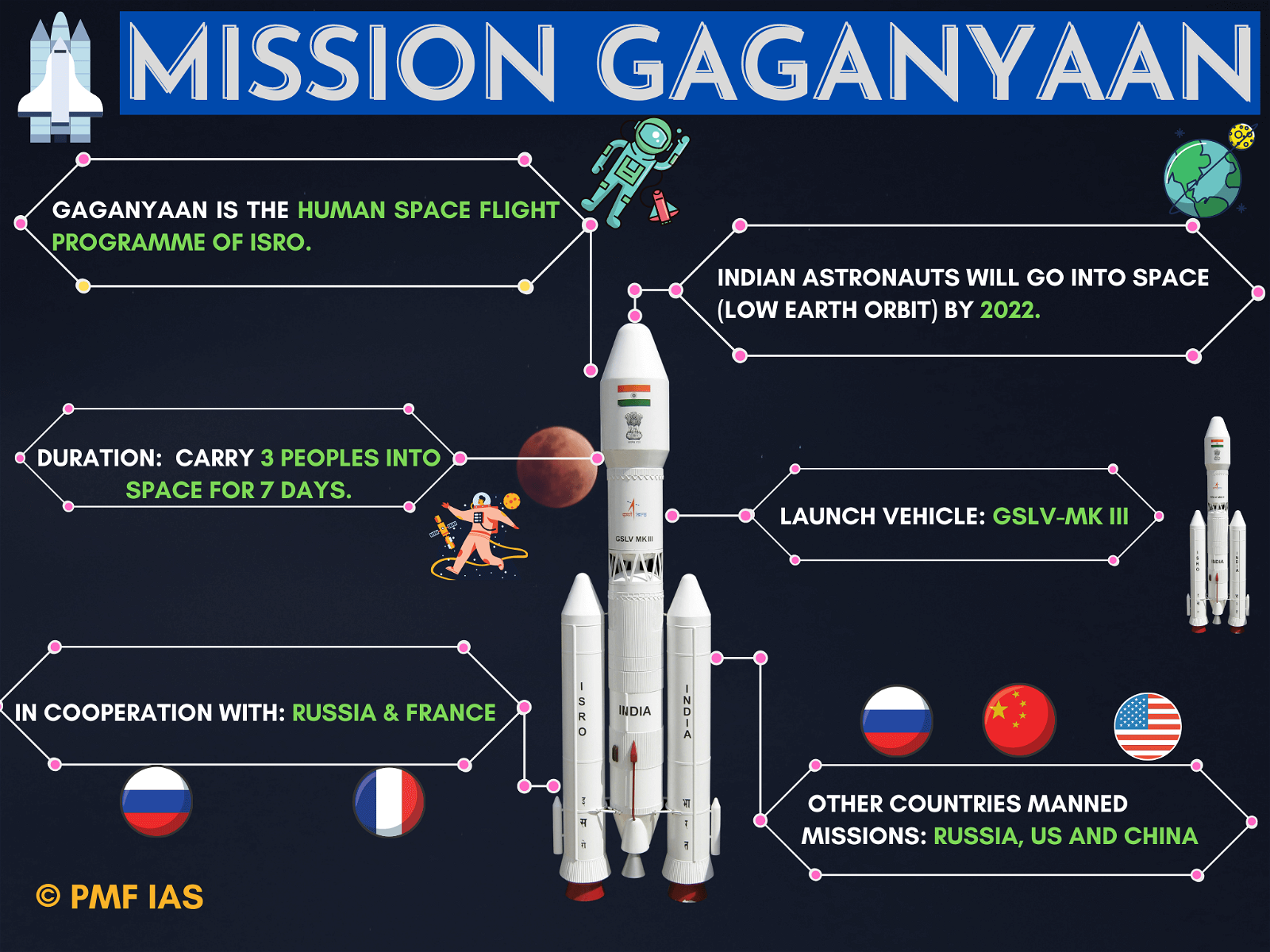
{Prelims – IR – India-US – 2023/09/26} EXERCISE YUDH ABHYAS-23
- Context (PIB): ‘Yudh Abhyas’ is scheduled in Alaska, USA, from Sept 25 to Oct 8.
- Yudh Abhyas 2023 is the 19th edition of the annual joint exercise between the armies of India and the United States.
- It has been ongoing since 2004 and is designed to promote cooperation between the two militaries while sharing training, cultural exchanges, and building joint operating skills.
- This includes all peacekeeping and peace enforcement operations and Humanitarian Assistance and Disaster Relief (HADR) operations.
- A joint exercise near the Line of Actual Control (LAC) in Auli, Uttarakhand, was conducted last year.





![PMF IAS Environment for UPSC 2022-23 [paperback] PMF IAS [Nov 30, 2021]…](https://pmfias.b-cdn.net/wp-content/uploads/2024/04/pmfiasenvironmentforupsc2022-23paperbackpmfiasnov302021.jpg)


